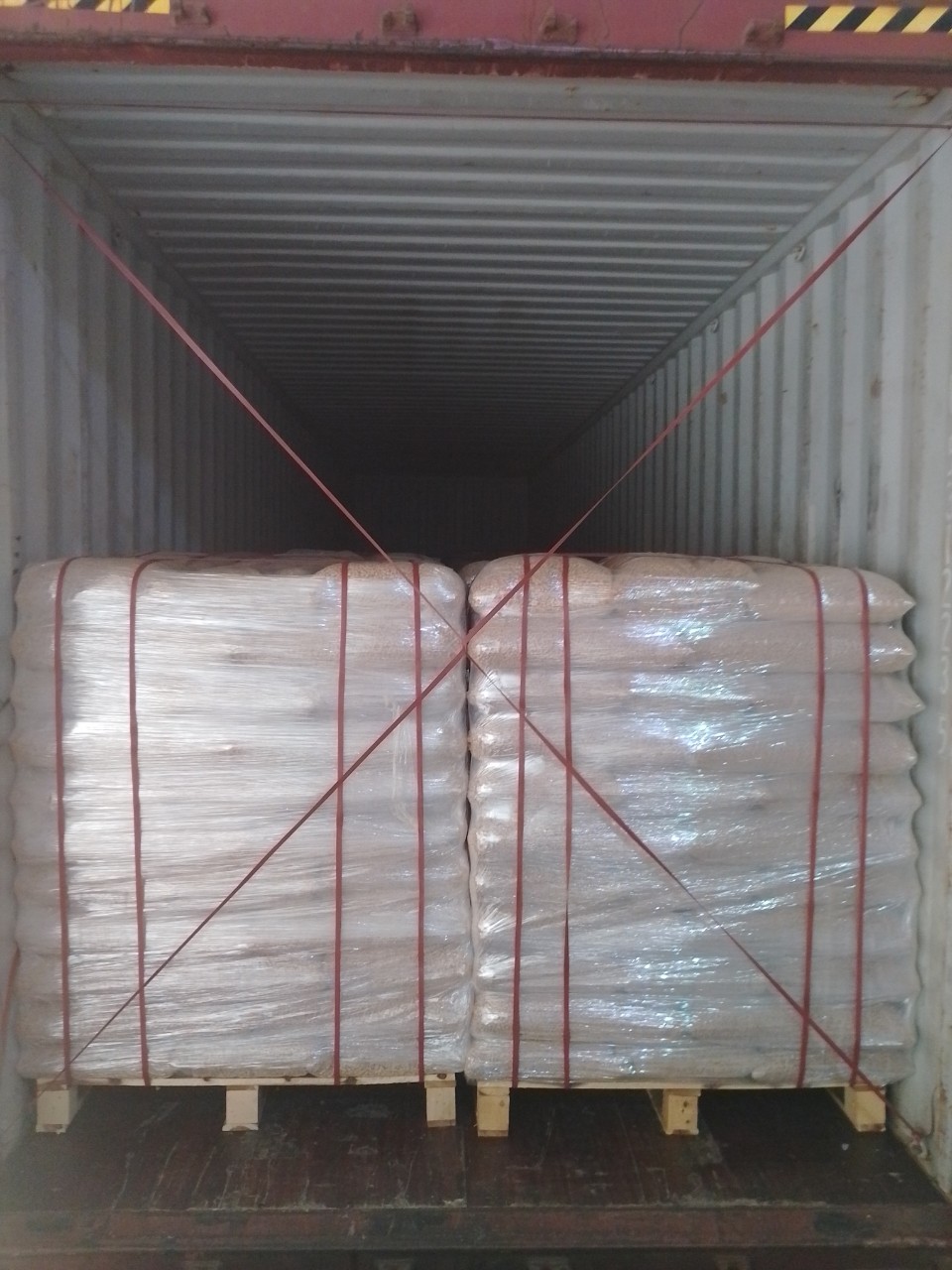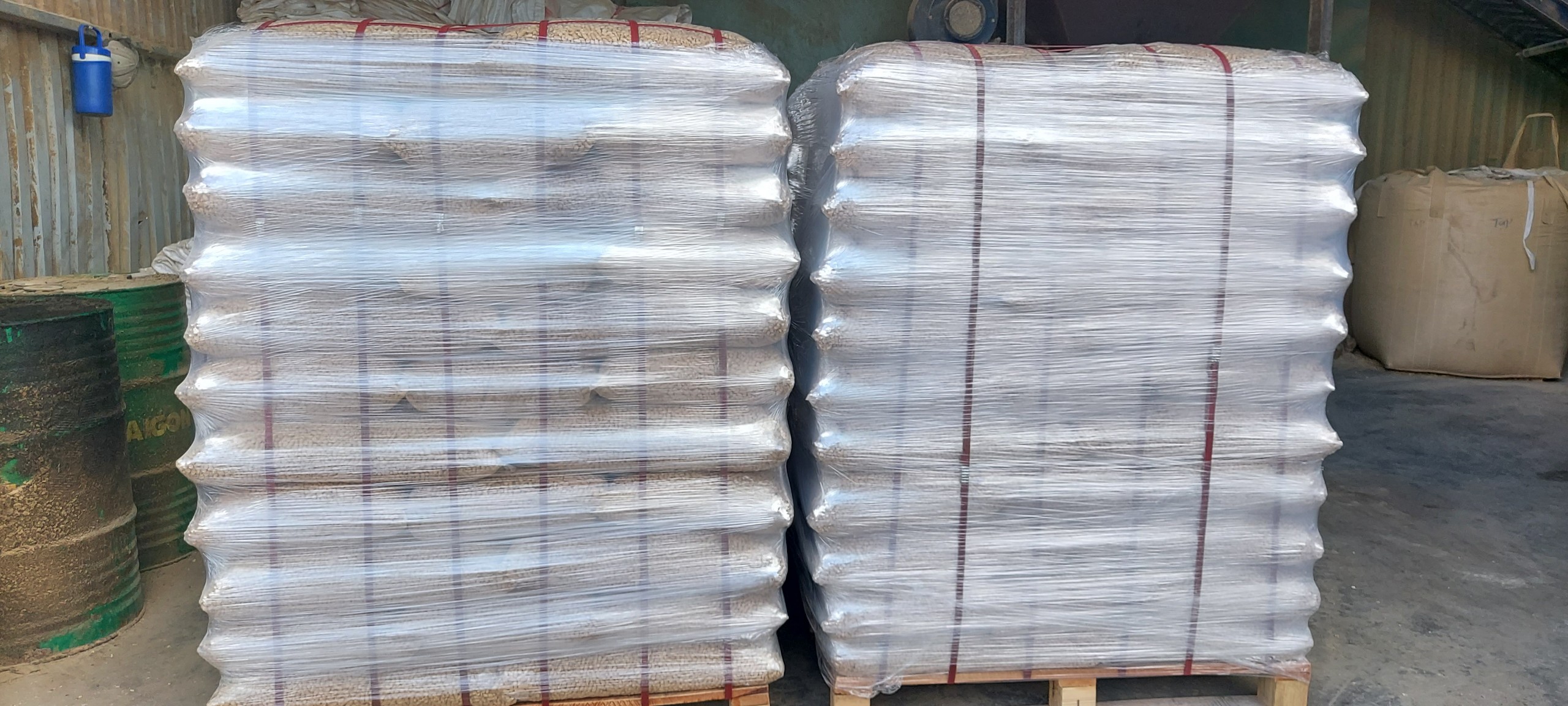When using pine wood pellets for horse bedding, you need to pay attention to the following points to ensure the horse barn is always well-ventilated and create a comfortable feeling for the horses. Join us to learn how to use pine wood pellets correctly way. Let’s get started!

STEP 1
To bed 2/3rd of a 12ft by 12ft stable you will require 7x(15kg) bags. Less is required if using rubber matting.
Open the bags by pulling the string (no knife required)
If the stable already has bedding, move it to the sides, placing the pellet bedding in the centre.
You can reuse the existing bedding by putting it over the PelletBeds4
STEP 2
Spread the pellets around using a pellet fork or rake to produce an even 1.5″ layer.
Place any existing bedding over the top of the pellets at this stage. The existing bedding will also discourage your horse from eating the new bedding, if it has a tendency to do so.
If you horse has a tendency to eat bedding and you do not have any existing bedding, mix a bale of fine shavings through the bed initially.
STEP 3
Watering is only recommended when starting a new bed.
Use a watering can or hose to add ~5L of water(preferably warm) per bag.
Mix the water into the pellets using a fork; allowing ~45 mins for the pellets to expand before allowing the horse to enter the stable.
When wet the bed will expand quickly; ~4x in size, to provide a soft, spring insulating bed. It will also provide great purchase for the hoof and will not move around like a shavings or straw bed.
STEP 4
saturated bedding will be squidgy to walk on, eventually changing to an orange colour)
Add pellets as required, mixing the pellets into the surrounding expanded pellets. Watering is not required as our pellet bedding is made softer and shorter so has very high porosity.
You will require 1 to 2 bags per week depending on your horse.
Finally, rake the top 1″ of the bed to maintain an even fluffy layer.

PelletBeds work best as a deep litter bed (as so little bedding is required to be added and removed)
Remove dropping and very damp spots daily (saturated bedding will be squidgy to walk on, eventually changing to an orange colour)
Add pellets as required, mixing the pellets into the surrounding expanded pellets. Watering is not required as our pellet bedding is made softer and shorter so has very high porosity. You will require 1 to 2 bags per week depending on your horse.
Finally, rake the top 1″ of the bed to maintain an even fluffy layer.
Horse eating bedding
Some horses will attempt to eat new bedding initially.
To prevent this;
Place any existing bedding over the top of the pellets at this stage. The existing bedding will discourage your horse from eating the new bedding, if it has a tendency to do so.
If you do not have any existing bedding, mix a bale of fine shavings through the bed initially.
It is very unusual for a horse to persistently eat our bedding, but since PelletBeds are made from 100% straw with no additives. once they have expanded, they can do no harm to your horse.
To prevent pellet bedding balling in the hoof
As PelletBeds are made from large straw fibres (rather than dust in the case of wood pellets) they are less likely to compact in the horses hoofs. Our Equine Pro bedding in particular is less likely to compact due to the nature of miscanthus fibres.
If pellet bedding is leading to balling in the hoof, spread a quarter of a bale of fine shavings over the top of the bedding once a week.
To create banks using PelletBeds
If you prefer to have a deep bed with banks, add additional pellets a little at a time. As the pellets break down add another bag and and wait for it to break down. If you try and make a big bed with several bags straight away, you won’t be able to get a fork through them and the pellets won’t break down.
